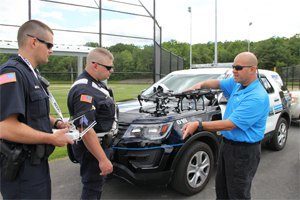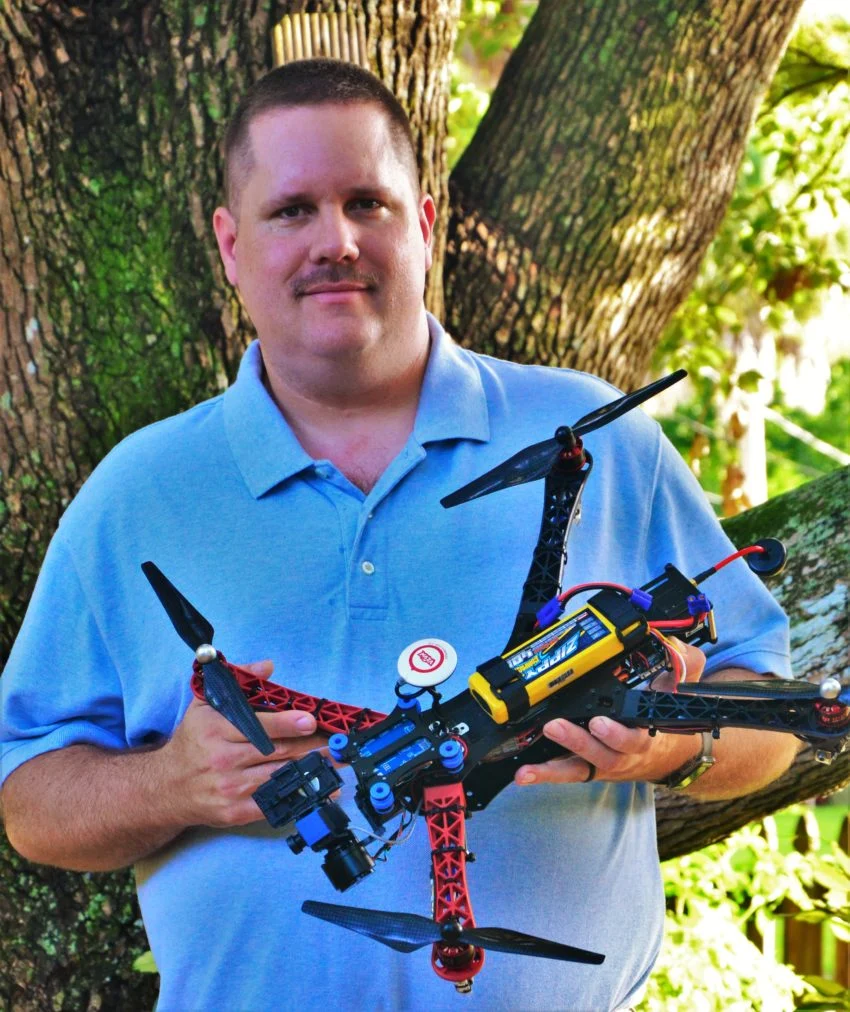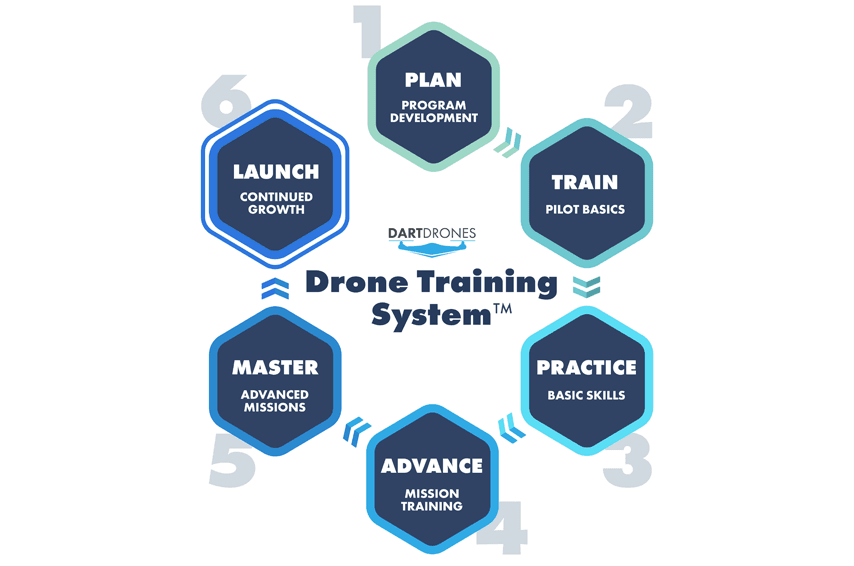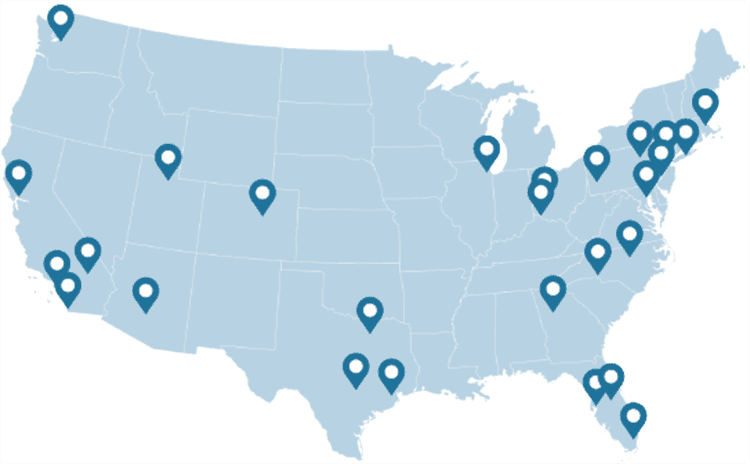
Law Enforcement UAV Policies and Directives
Let’s take a more in-depth look at the basics of law enforcement UAV policy and departmental directives. This is the fifth in our series of posts concerning police departments developing drone programs.
Public safety agencies live and breathe on their policies and directives. Some policies cover state statute requirements, accreditation standards, or even how to avoid problems that should be obvious. No matter why the policy was created, they must be followed.
Writing a Law Enforcement UAV Policy
When beginning to write the policy for your law enforcement UAV program, the agencies you contacted while building support can provide you with the policies that they have developed for their own UAV units. Once you begin reviewing the policies of other agencies, you will find certain items are repeated in many of them, and others are very specific to the operating agency. After reviewing these policies, take the portions that are useful to you and add them into your own policy.
This is an important step as you lay out the ways the department can operate a police UAV and list its restrictions. Be careful of writing a portion of the policy that could be easily violated during your normal operations, or prevent the UAV from being used effectively. If your policy is written “Flight at night is prohibited” during the early stage of the UAV unit development, then flight at night is prohibited with no exceptions. The chances are slim of getting the policy amended at 3 a.m. when you desperately need it to fly at night. Make sure to create a balance that both promotes a safe operating environment, and also allows effective UAV usage. You don’t want to paint yourself into a corner that would require rewriting a policy or even worse, having your UAV policies and program fail.
After your policy is written, contact your agency’s legal department to have them review it for any issues that may arise from the way that something is worded.
What to Put Into the Policy?

When writing your policy, you want to answer certain questions; who, what, where, when, and how.
Who? This portion is going to determine the different positions within the unit. These typically include:
- Supervisor
- Pilots, and air crew members
- Instructor pilots
- Visual observers
- Maintenance officers
- Safety officers
Lay out each of these positions with their required qualifications and respective job responsibilities.
What? This section lays out the mission of the UAV unit. For some policies, this may be a simple mission statement. Others may want to provide more information as to what the goal of the unit is.
Where? Lay out which locations the law enforcement UAV may be flown in. This may consider controlled airspace, critical infrastructure, or local hazards. Also, keep in mind that other agencies may request mutual aid, and how you will deal with those areas outside of your primary jurisdiction, especially if you have an issue with controlled airspace that would require an authorization to operate in that geographical location.
When? Determine when the department can and will deploy the UAV. This topic can include not only the reasons for the deployment, but also the time of day and weather conditions. Some agencies may want to have a fairly open policy where the on-duty supervisor and remote pilot-in-command are given a wide latitude when deciding to utilize the UAV. Others might make more restrictive requirements.
How? This section can include many topics. How will the UAV be stored and how will flight time and maintenance be documented? How will evidence be handled and how will training be conducted? This is the section where you can add agency specific requirements.
Once you have outlined the answers for these five areas, you will have a good idea of what you will require in your law enforcement UAV policy and agency directives.
Stay tuned for our next post in this series, which will focus on local and state UAV laws.
Meet the Author
Mike Uleski is one of DARTdrones many expert pilot instructors and also a public safety officer. He has written extensively for DARTdrones about how police can use UAVs. He wrote this post about law enforcement UAV programs.






